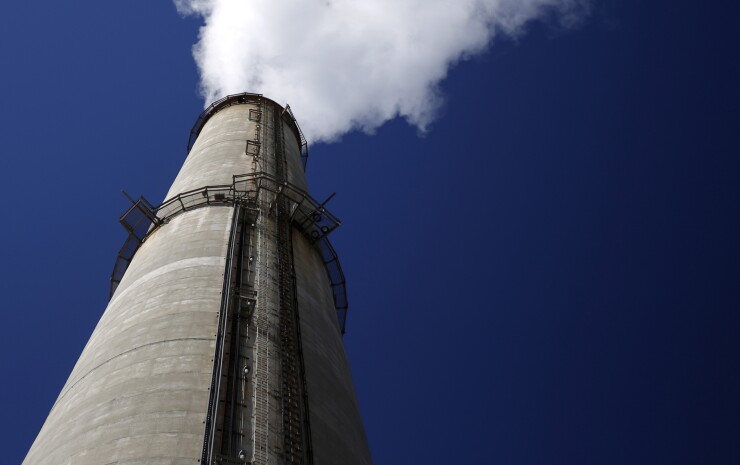The Internal Revenue Service and the Treasury Department released
The credit is available for qualified carbon oxide captured using carbon capture equipment placed in service on or after Feb. 9, 2018.
The final rules aim to help businesses understand how the tax credit for qualified carbon oxide sequestration can benefit companies claiming two carbon capture credit amounts, which are:
- Up to $50 per metric ton of qualified carbon oxide for permanent sequestration; and
- Up to $35 per metric ton of qualified carbon oxide for Enhanced Oil or Natural Gas Recovery purposes.
Neither of the new credit amounts, which were included as part of a budget agreement bill in 2018, is subject to a limit on the number of metric tons of qualified carbon oxide captured. The law also expanded the definition of carbon capture to include “qualified carbon oxide,” a broader term than “qualified carbon dioxide.” Before the law was changed, carbon capture was restricted to a total of 75,000,000 metric tons of qualified carbon dioxide.

The final regs include rules to determine:
- Adequate security measures for the geological storage of qualified carbon oxide;
- Exceptions to the general rule for determining to whom the credit is attributable;
- Procedures for a taxpayer to make an election to allow third-party taxpayers to claim the credit;
- The definition of carbon capture equipment; and
- Standards for measuring utilization of qualified carbon oxide.
In addition, the final rules permit smaller carbon capture facilities to be aggregated into one project for purposes of claiming the credit when certain factors are present, such as common ownership and location. The final regs also offer guidance on recapture, including introducing a recapture period of three years. Under these rules, credits need to be repaid if carbon oxide leaks into the atmosphere during a three-year period after the initial storage or injection.
The latest coronavirus stimulus bill also contained further tax incentives that encourage the use of carbon capture technology (





